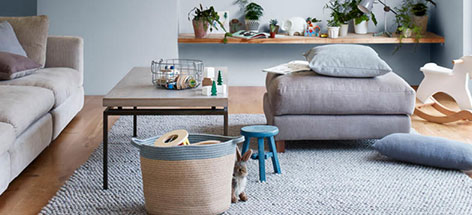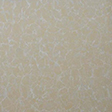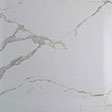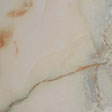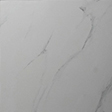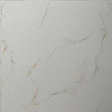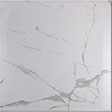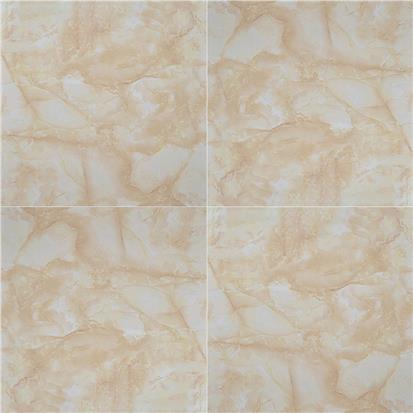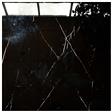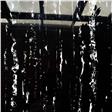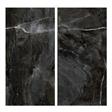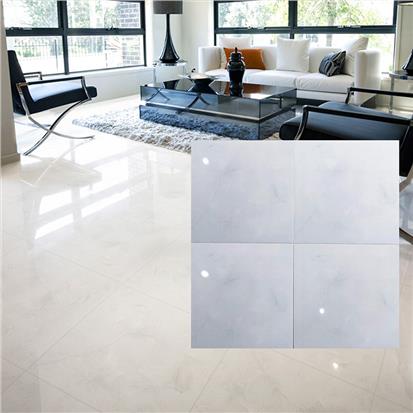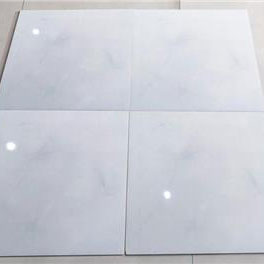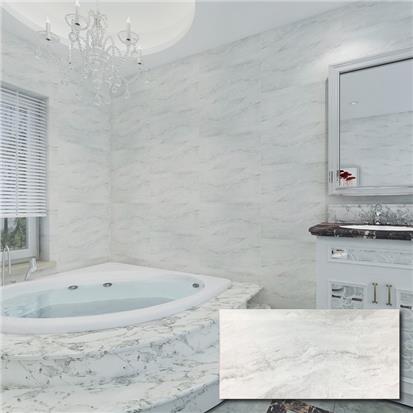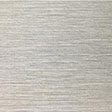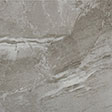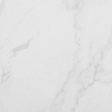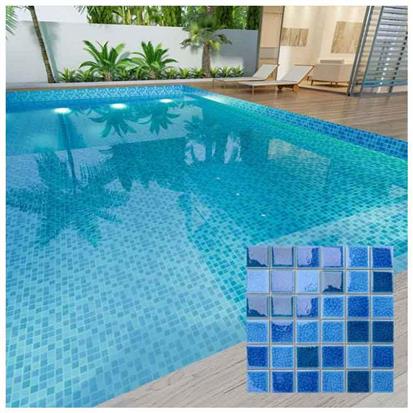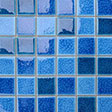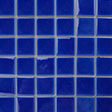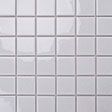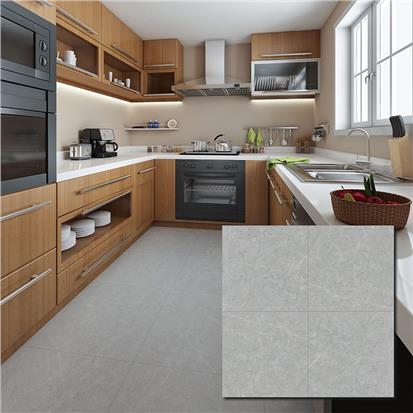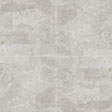For the difference between porcelain and ceramic tiles, many homeowners may not know very well. They think that porcelain and ceramic tiles are of the same material, which are used to decorate the floor or walls, there is no need to make too many differences, but this can lead to a misunderstanding. In fact, porcelain and ceramic tiles are common decoration materials, but they are totally different concepts. So, what's the difference between porcelain and ceramic tile? Is it better to use ceramic tiles or porcelain tiles for wall decoration? How to choose porcelain tiles? In this article, I will explain the specific differences between porcelain and ceramic tiles!
Porcelain Vs Ceramic Tile - Difference Between Porcelain & Ceramic Tile
Concepts
Porcelain are flake like, which are usually used to decorate the wall. They are thin-layer patches with secondary surfaces on the surface of the wall. The surface is smooth. There is no direct contact between the porcelain tiles and the wall. Generally, there is a certain distance left.
Ceramic tile is a massive, porcelain faced floor tile, mostly made of clay, quartz sand and other mixed production, generally can also be used to decorate the wall. The ceramic tile can completely fit the wall, and the middle part can be fixed with cement and sand.
Thickness
Different thickness is the most obvious difference between porcelain and ceramic tile. The thickness of porcelain tile is lighter and lighter than that of ceramic tile, in contrast, ceramic tile is heavier. The difference of thickness also determines the difference of their application and laying method.
Anti-skid
Generally speaking, porcelain tiles are used for decoration. The smoother and more beautiful they are, the better. If the surface of porcelain is not smooth, it means that the quality is not qualified. But the anti-skid property of porcelain is poor. However, ceramic tile is usually used to lay the floor, so its anti-skid property is very good, far better than porcelain.
Manufacturing Process
Porcelain tile belongs to a kind of full body brick, similar to porcelain. While ceramic tile is made of porcelain clay through high temperature firing, belonging to the category of floor tiles, with clear differences in production technology.
Texture
There is a great difference between the internal texture requirements of porcelain and ceramic tile. Generally, there should be no bubbles in the porcelain tile, because when the temperature changes, the porcelain tile is easy to be frozen and broken. But the ceramic tile has no special request for the internal bubble.
Construction
Porcelain tile is more suitable for wall decoration. During construction, the distance between the porcelain tile and the wall needs to be kept. While the decorative nature of the ceramic tile itself is also very good, but it is totally different from the porcelain tile in construction, which needs to be fixed with cement, and then fully fits the wall.

Do You Choose Porcelain Or Ceramic Tile For Wall & Backsplash?
For the wall decoration, many people still like to use ceramic tiles, but there is also a problem: easy to fall off. So there are porcelain as decoration material. So is it better to use ceramic tiles or porcelain tiles for wall decoration?
- If you only do part of the wall decoration, it is recommended to choose porcelain, which has full color and good reflection, so that your wall looks more classy.
- If the wall is initially decorated, it is recommended to choose ceramic tile. Because the ceramic tile has many advantages, such as moisture-proof, antiskid, firm, impact resistance, temperature resistance, etc. And from the perspective of service life, ceramic tile is certainly a good choice, with a longer service life.
Tips On How To Choose Porcelain Tile
- Color comparison: Due to the diversity of tile colors, it can be judged by glossiness and flatness when looking at the surface color of the tile. Pay attention to the back color. A good back color of the porcelain tile will turn white, because it has less impurities, so the hardness of the tile is relatively high.
- Observe. Find a place with sufficient light and place the tiles vertically for observation. The pattern of high-quality tiles is delicate and lifelike, and whether there are defects such as lack of color and broken line, and whether the trademark is clear and complete.
- Hear. Hold a corner of the tile with your hand, and then tap the middle and lower part of the tile with your fingers. The sound of high-quality tiles is clear and pleasant, while that of low-quality products is dull.
- Dripping water. Drip water on the back of the porcelain tile, observe carefully after the water disperses, if the infiltration is slow, it is proved that the density of the porcelain is large, it can be regarded as the top grade product.
- Observe the broken part of the porcelain. The fracture of high-quality porcelain tile is more fine, hard and crisp, and the color is consistent. Poor tiles are rough and uneven in color distribution

 EN
EN FR
FR PT
PT AR
AR


